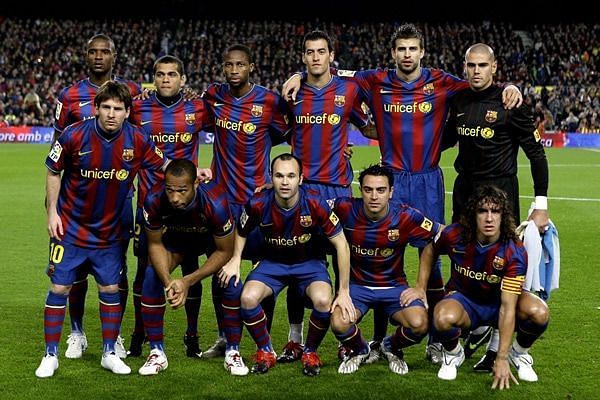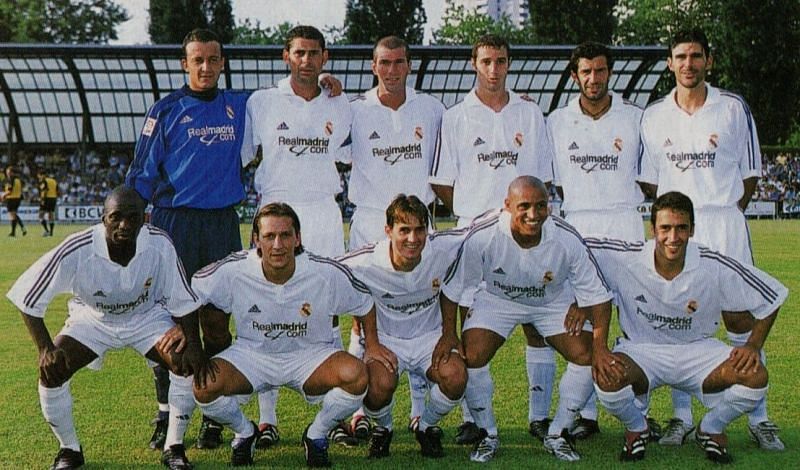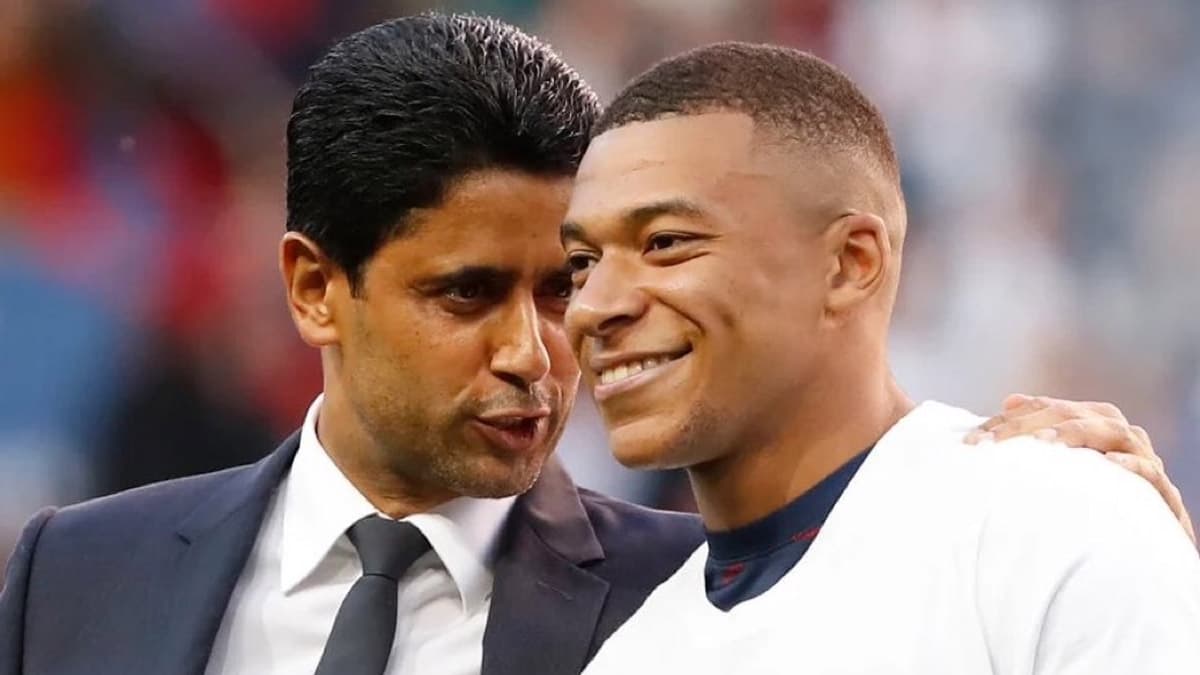
The Pantheon of Giants: Unraveling Football’s Greatest Teams of All Time
In the grand tapestry of football history, certain teams transcend mere success, etching their names into the annals as true titans. They are the innovators, the dominators, the standard-bearers whose style, personnel, and sheer force of will reshaped the game and captured the imagination of millions. Debating the "greatest" is an eternal pub argument, fraught with subjective biases and generational loyalties. Yet, by examining their dominance, tactical innovation, aesthetic appeal, and enduring legacy, we can identify a pantheon of sides that unequivocally belong in the conversation for the greatest football teams of all time.
The Early Innovators: Hungary’s Magical Magyars (1950s)
While not a club team, no discussion of football’s greatest sides can ignore the revolutionary impact of Hungary’s national team in the early 1950s. Led by the tactical genius of Gusztáv Sebes and the peerless artistry of Ferenc Puskás, Sándor Kocsis, and Nándor Hidegkuti, the "Magical Magyars" shattered conventional wisdom. They pioneered the "deep-lying centre-forward" (Hidegkuti playing between midfield and attack) and fluid positional interchanges that pre-empted "Total Football" by two decades. Their stunning 6-3 demolition of England at Wembley in 1953, a ground where no foreign team had ever won, was a tactical masterclass that sent shockwaves through the footballing world. Though they famously lost the 1954 World Cup final to West Germany, their influence on the game’s evolution was profound, proving that rigid formations were obsolete and intelligent movement was paramount. They boasted an astonishing record of 42 wins, 7 draws, and only 1 loss (the 1954 WC Final) in their golden era, scoring an incredible 213 goals. Their brilliance lay not just in their victories, but in the visionary manner they achieved them.
The Dawn of European Hegemony: Real Madrid (1950s)
As European club football began to take shape with the inception of the European Cup, one team immediately asserted an unparalleled dominance: Real Madrid. From 1956 to 1960, under the stewardship of Santiago Bernabéu and the genius of Alfredo Di Stéfano, Raymond Kopa, Francisco Gento, and later Ferenc Puskás, Los Blancos won the first five editions of the European Cup. This was an unprecedented feat, establishing a dynasty that set the benchmark for continental success. Their style was exhilarating, blending individual brilliance with attacking flair. Di Stéfano, the "Blonde Arrow," was the ultimate all-rounder, orchestrating play from deep, scoring prolifically, and driving his team forward. Puskás provided the thunderous left foot, Kopa the dazzling dribbling, and Gento the blistering pace down the wing. This Real Madrid side wasn’t just winning; they were captivating audiences, laying the foundation for Real Madrid’s status as Europe’s most decorated club and proving the power of assembling a constellation of global superstars.
The Beautiful Game Personified: Brazil (1970)
Another national team that demands inclusion for its sheer aesthetic brilliance and unadulterated joy of play is Brazil’s 1970 World Cup squad. Widely regarded as the greatest international team of all time, their triumph in Mexico was a masterclass in attacking football. Coached by Mário Zagallo, the team featured an astonishing array of attacking talent: Pelé, Jairzinho, Rivelino, Tostão, Gérson, and Carlos Alberto. They played with an almost telepathic understanding, weaving intricate patterns, executing dazzling dribbles, and scoring spectacular goals. Their final goal against Italy, a sweeping move culminating in Carlos Alberto’s thunderous strike, remains one of the most iconic moments in football history, encapsulating their philosophy of "Joga Bonito" – the beautiful game. They weren’t just winning matches; they were creating art, forever changing perceptions of what football could be. Their perfect record of six wins from six matches in the tournament, scoring 19 goals, underscored their overwhelming superiority.
The Total Football Revolutionaries: Ajax (Early 1970s)
In the early 1970s, a philosophical shift in football emerged from the Netherlands, epitomised by Ajax. Under the visionary Rinus Michels and later Stefan Kovács, and led by the enigmatic Johan Cruyff, Ajax implemented "Total Football." This revolutionary system eschewed fixed positions, promoting fluid interchangeability, intense pressing, and a high defensive line. Every player was expected to be comfortable in any position, defending or attacking. This tactical fluidity, combined with Cruyff’s unparalleled intelligence and skill, made them virtually unplayable. From 1971 to 1973, Ajax won three consecutive European Cups, dismantling opponents with their relentless pressure and intricate passing. They redefined the relationship between attack and defence, proving that a cohesive, intelligent unit could overcome individual brilliance. Their legacy is seen in modern pressing games and the emphasis on technical versatility across all positions.
German Efficiency and Power: Bayern Munich (Early-Mid 1970s)
While Ajax dazzled with their fluid "Total Football," their European counterparts, Bayern Munich, offered a powerful, efficient, and equally dominant alternative. Spearheaded by the elegant Franz Beckenbauer ("Der Kaiser"), the prolific Gerd Müller ("Der Bomber"), and the commanding Sepp Maier, Bayern mirrored Ajax’s feat by also winning three consecutive European Cups from 1974 to 1976. Unlike Ajax’s free-flowing style, Bayern was built on Teutonic discipline, immense physical strength, and a devastating counter-attacking threat. Beckenbauer, playing as a libero, redefined the role of a defender, initiating attacks from deep with his sublime passing and intelligent runs. Müller was the ultimate poacher, scoring goals with uncanny regularity. This Bayern side, which also formed the backbone of the 1974 World Cup-winning West Germany team, showcased a different path to greatness – one built on resilience, tactical shrewdness, and clinical execution.
Sacchi’s Masterpiece: AC Milan (Late 1980s – Early 1990s)
After a period of relative decline, AC Milan was dramatically revitalised by Arrigo Sacchi in the late 1980s. Sacchi, a coach with no professional playing experience, was a tactical purist who believed in collective organisation over individual brilliance. His Milan side, built around the formidable Dutch trio of Marco van Basten, Ruud Gullit, and Frank Rijkaard, alongside Italian defensive stalwarts like Paolo Maldini, Franco Baresi, and Alessandro Costacurta, revolutionised defensive play. They employed a suffocating zonal marking system, a high defensive line, and a relentless pressing game that squeezed opponents. Their offside trap was legendary, and their synchronised movement, both with and without the ball, was almost robotic in its precision. They won back-to-back European Cups in 1989 and 1990, including a famous 5-0 thrashing of Real Madrid, and dominated Serie A. Sacchi’s Milan influenced a generation of coaches, proving that meticulous preparation and collective intelligence could create an almost impenetrable and devastatingly effective machine. Fabio Capello largely continued this success in the early 90s, winning the Champions League in 1994 with an even more defensively resolute side.
The Treble-Winning Red Devils: Manchester United (1990s – 2000s)
Under the unparalleled longevity and tactical adaptability of Sir Alex Ferguson, Manchester United carved out an era of sustained dominance, particularly in the late 1990s and 2000s. While not always the most aesthetically pleasing, their defining characteristic was an indomitable spirit, a never-say-die attitude, and an uncanny ability to win games from any position. The pinnacle of this era was the 1998-99 season, when they achieved an unprecedented Treble: Premier League, FA Cup, and UEFA Champions League. This team, featuring stalwarts like Roy Keane, Paul Scholes, Ryan Giggs, David Beckham, and later the likes of Ruud van Nistelrooy and Cristiano Ronaldo, showcased remarkable squad depth and mental fortitude. Ferguson’s genius lay in his ability to constantly rebuild and evolve the team, maintaining high standards and a winning mentality for over two decades. Their consistent success and dramatic victories, often snatched in the dying moments, cemented their place as one of football’s most iconic and resilient teams.
The Tiki-Taka Maestros: Barcelona (2008-2012)
Perhaps the most aesthetically pleasing and dominant team of the modern era was Pep Guardiola’s Barcelona. From 2008 to 2012, with Lionel Messi at his absolute peak, alongside Xavi Hernández and Andrés Iniesta orchestrating midfield, Barcelona perfected "tiki-taka" – a style of play characterised by short, intricate passing, relentless possession, and suffocating pressing off the ball. This team was a product of La Masia, Barcelona’s famed youth academy, ensuring a deep understanding of the club’s philosophy. They won an astonishing 14 trophies in just four years, including two Champions League titles and three La Liga titles. Their 2009 achievement of winning six trophies in a calendar year (the Sextuple) remains unmatched. This Barcelona side didn’t just win; they dominated games, often completing hundreds more passes than their opponents, and made even the best teams look ordinary. Their influence on the game is still evident, with many modern teams attempting to emulate their possession-based, high-pressing approach.
Conclusion: The Enduring Legacy of Greatness
Defining the "greatest" team is a quest without a definitive answer, as football constantly evolves. How does one compare the raw power of Real Madrid’s 1950s machine to the fluid artistry of Brazil 1970, or the tactical precision of Sacchi’s Milan to the relentless possession of Guardiola’s Barcelona? Each era presented different challenges, different tactical landscapes, and different interpretations of the beautiful game.
Yet, what unites these legendary sides is more than just a trophy cabinet. It’s their indelible mark on the sport: their innovation, their ability to push boundaries, their captivating style, and the sheer joy they brought to millions of fans. They were built on a foundation of visionary leadership, exceptional talent, unwavering collective spirit, and an insatiable hunger for victory. They didn’t just win; they inspired, they entertained, and they left a legacy that continues to shape the way football is played and perceived today. The debate will forever rage, but the brilliance of these teams remains undeniable, illuminating the very essence of what makes football the world’s most beloved sport.



